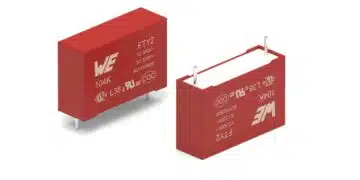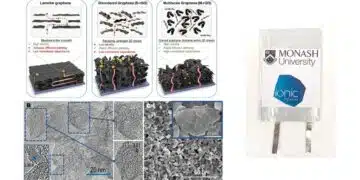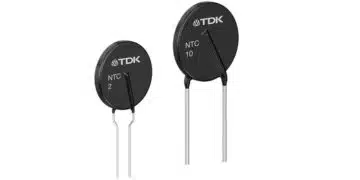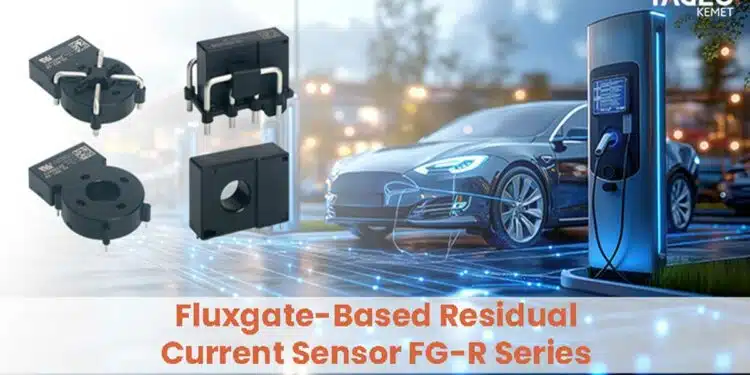As global electric vehicle (EV) adoption continues to accelerate, YAGEO Group announces the release of its cutting-edge FG-R Series, a fluxgate-based AC and DC leakage current sensor designed to meet stringent international safety regulations and protect end-users.
Optimized for Mode 2 and Mode 3 EV charging systems, as well as onboard charger (OBC) applications, the FG-R Series combines precision, robustness, and compliance in a compact modular package.
Revolutionizing Residual Current Detection
The FG-R Series is an open-loop fluxgate residual current sensor offering analog leakage current monitoring and independent digital alarms for AC and DC thresholds. Built with AEC-Q certified components to ensure automotive-grade reliability, the FG-R Series is ASIL B capable and RoHS compliant.
Key certifications include:
- IEC 62752:2016/A1:2018
- IEC 62955:2018 (RDC-MD)
- UL 2231-2
With selectable leakage detection thresholds (AC: 20/30 mA, DC: 6 mA), the FG-R Series supports global EVSE regulations while reducing false triggers through precise phase detection and comprehensive self-test routines.
Advanced Functional Capabilities
- Rated for up to 22 kW / 32 A AC charging
- Single-phase: up to 80 A | Three-phase: up to 40 A
- Real-time analog output for combined AC & DC residual current monitoring
- Independent alarm outputs with open-drain logic for seamless integration
- Operating temperature up to 105°C
- Optimized for 50/60 Hz with stability at up to 2 kHz
Designed for Seamless Integration
Available in multiple mechanical versions, including FG-R04 and FG-R14 vertical busbar variants, the FG-R Series supports efficient assembly with:
- Capacity for up to 4 x 6 mm² cables or busbars (up to 40 A)
- Modular design to minimize EMI exposure
- Simplified pinout for analog and digital outputs
Technical Differentiators
The FG-R Series stands out with:
- Custom driving IC for improved oscillator stability
- Enhanced phase angle response to reduce nuisance tripping
- Self-test pin for diagnostic cycling without load interruption
- Multi-standard certification for global compatibility
Expanding Beyond EVSE: Meeting the Demands of Mobile Energy Hubs
The FG-R Series extends its applications beyond traditional EV charging:
- Vehicle-to-Load (V2L): Ensures safety for AC outlets powering various appliances directly from EVs.
- Vehicle-to-Grid (V2G): Supports three-phase power transfer for energy discharge back to homes and grids.
YAGEO is also preparing to launch a new series with full three-phase RCD detection, addressing V2L and V2G needs with enhanced performance and reliability.
Application Tip for IEC62955 Compliance:
Design engineers should note that DC and AC alarms operate independently. However, DC alarms may trigger during high AC leakage (>60 mA). The upcoming FGR1 part series, featuring a newly designed ASIC, will ensure alarm independence without any required delay.
































